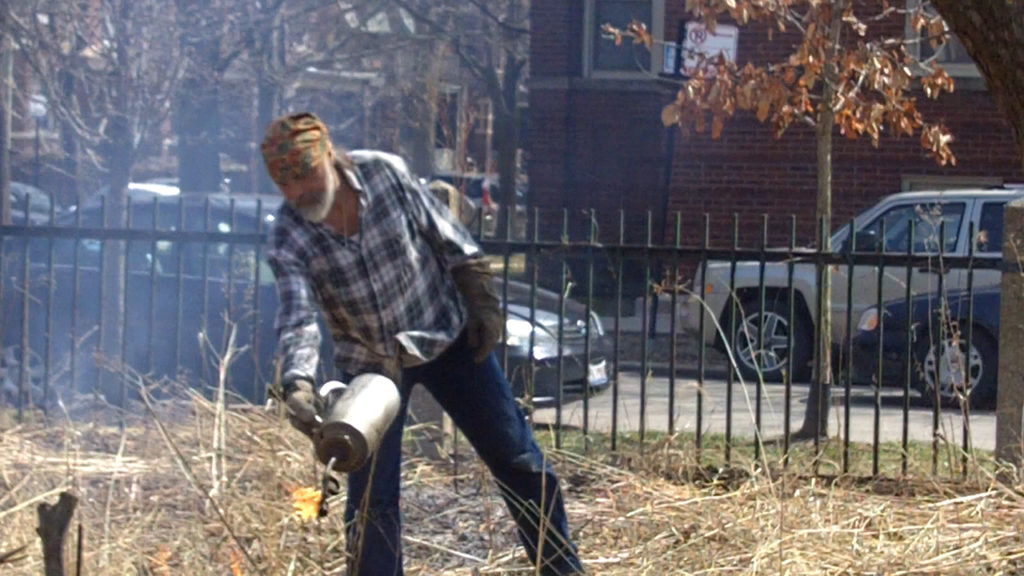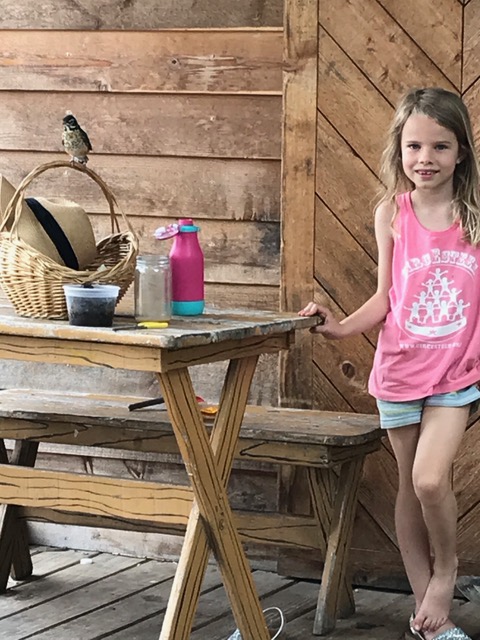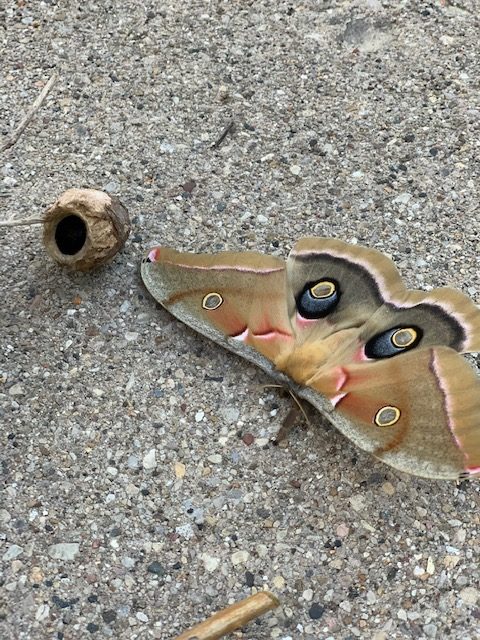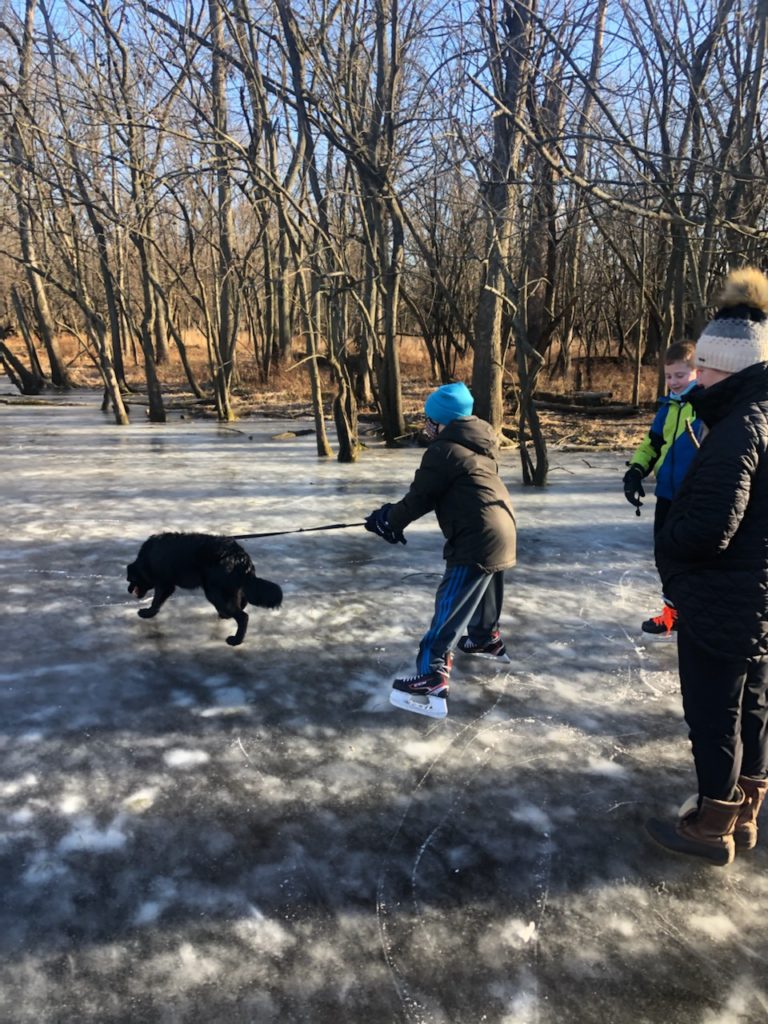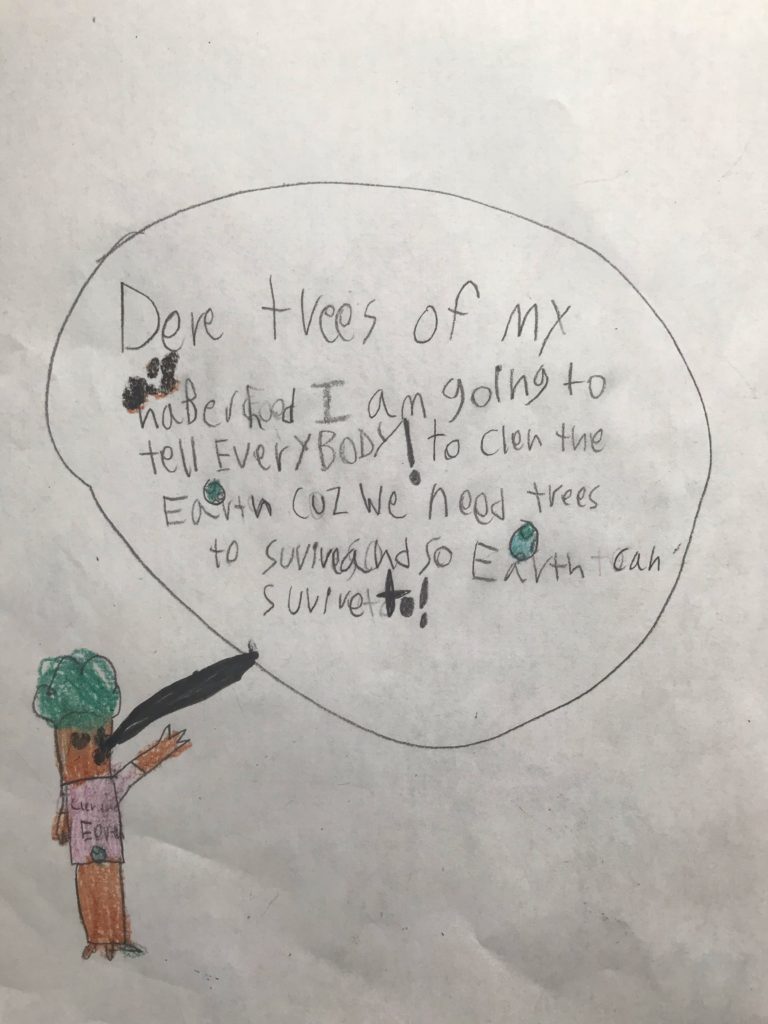On March 18, we conducted an online workshop to teach (or review) how to be the support crew for the controlled burns conducted at Waters Garden and by Riverbank Neighbors. Here is a link to the recording of the Controlled Burn Support Crew Training for Riverbank Neighbors and Waters Garden. For those who would like to get more training, look for burn crew certification events in January and February next year. We usually conduct our controlled burns around the same time each year.
Gratitude to the Burn Support Crew for another successful year!
Once again, our community has completed a successful burn of the Riverbank at Berteau and of Waters Garden.
Gratitude to all who gave their time to attend the online burn support crew training and who were part of the team for the actual controlled burn.
The team at both the Waters and Riverbank burns this year included: Bill Keller, Caitlin Meeter, Trina G, Christine M, Arunas S, Lisa Philips, Meg Ford, Sarah Anderson,, Roark Johnson, Simon Reeves, Lisa Madigan, Pat Byrnes, Amy Crum, Jules Peterson-Green, Pete Leki
Thanks to additional community members who have completed some level of training, certification, and/or years of experience in conducting controlled burns including: Lisa Hish, Matt Henning, Rob Coleman, Colleen McVeigh, Gibran Hadj-Chikh, and Beth Hirshley. (please email us if we forgot anyone from 2021)
In previous years, the crew included many others, especially Sue Murray, Kevin Anderson, Jerry Jaecks, Jamal Leki-Albano, Susan Malone, Brendon Gross, Carolyn Dean, Lewis Hoffman, Patrick Briggs, Linnzi Hodel, and others. (once again, please email us if we didn’t list someone we should.)
A Gallery of photos from the 2021 Riverbank Neighbor controlled burn are on that website here. This year, Pete Leki shared the torch with three Riverbank Neighbor/Waters community women who had the training and experience, Sarah Anderson, Lisa Phillips, and Jules Peterson-Green. Pete also assisted the Montrose Metra Garden for their first controlled burn. What a difference from decades ago when this was all new!



